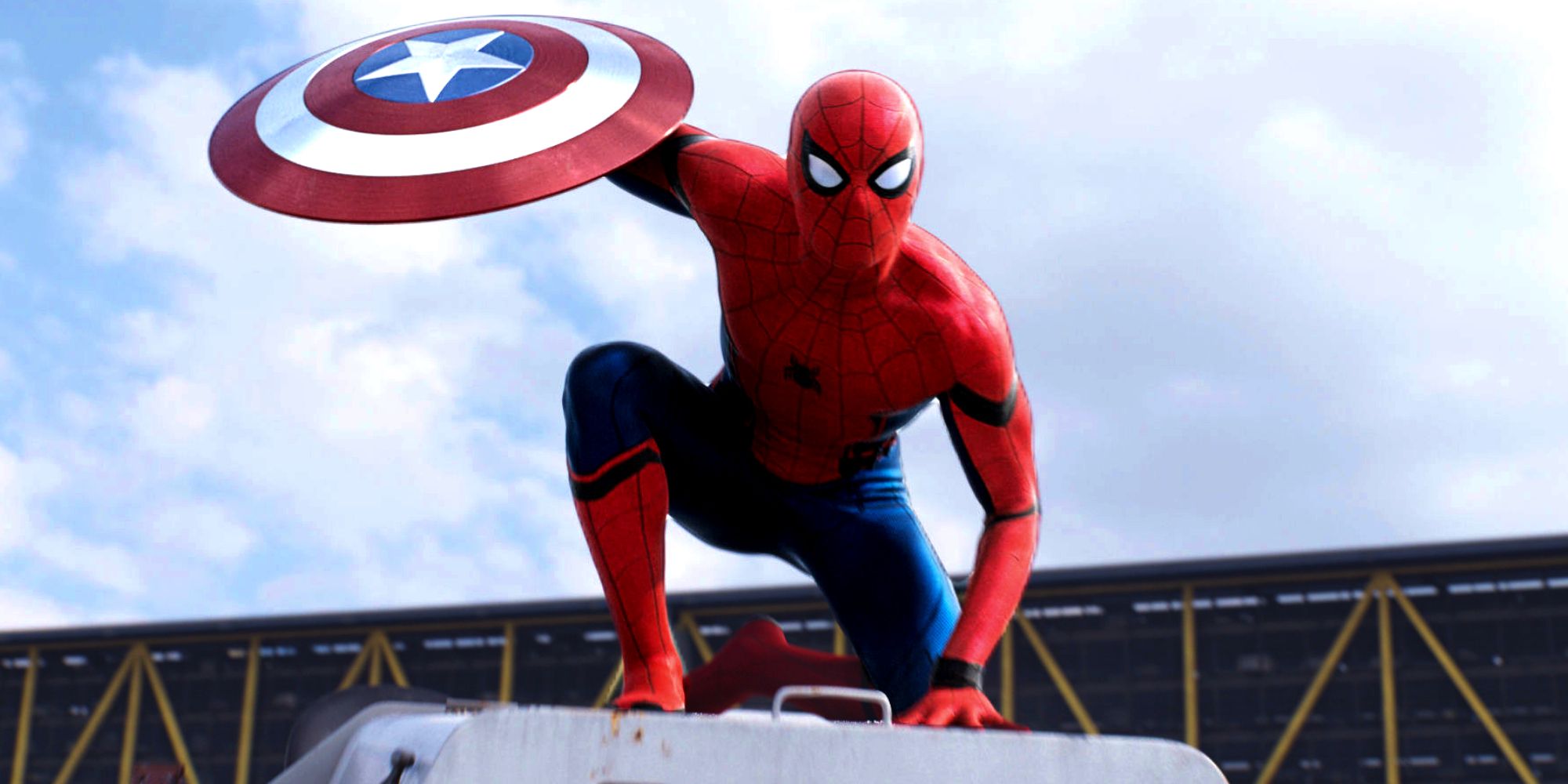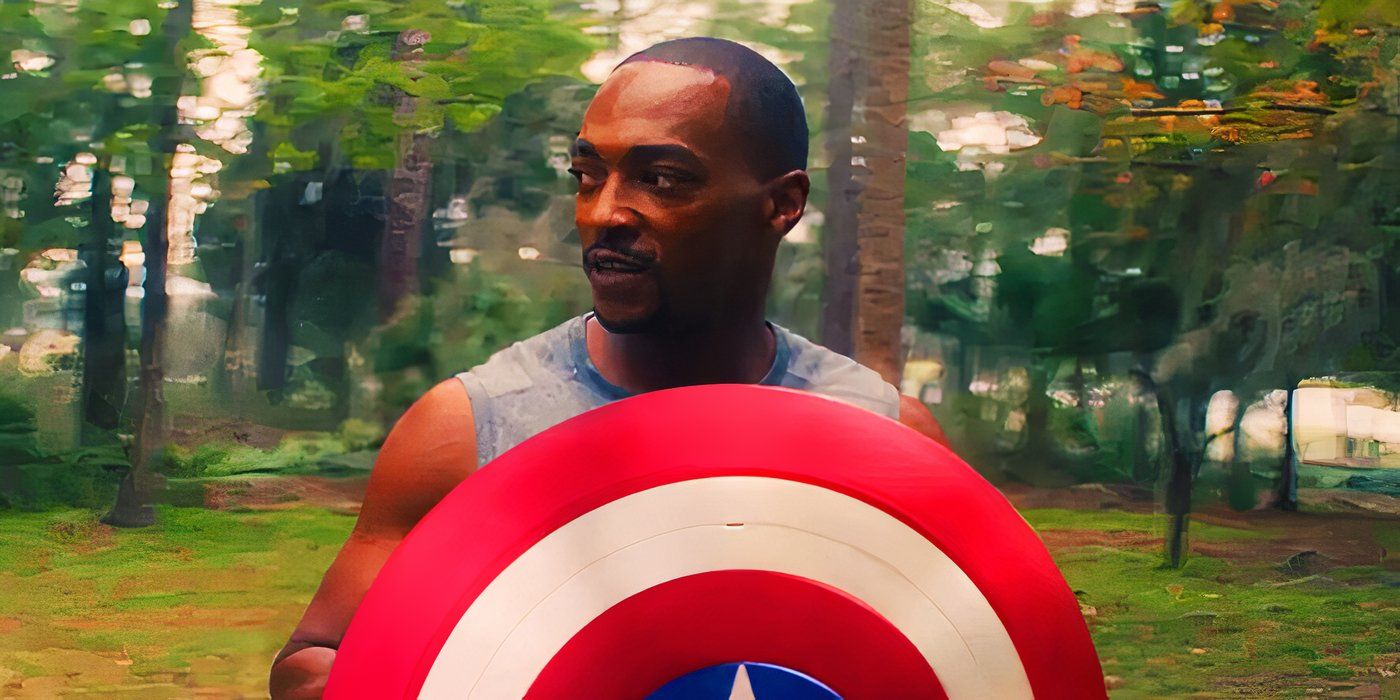
In the MCU, Captain America’s shield was created during World War II by Howard Stark, who utilized vibranium – a metal known for its unparalleled strength and energy-absorbing characteristics. This shield became the primary defensive and offensive tool for Steve Rogers, a.k.a. Captain America in Captain America: The First Avengers, before he passed the mantel on to Sam Wilson in Avengers: Endgame. The shield’s unique composition allows it to act in fascinating ways, which YouTube user Inside Science has explained scientifically.
Captain America’s Shield Follows The Laws Of Physics
Peter Parker’s Analysis Of Captain America’s Shield Wasn’t Entirely Correct

While Captain America’s shield displays abilities that might seem to defy physics, analysis suggests that its behavior can be explained through known physical principles. The shield’s remarkable ricocheting ability, for instance, can be attributed to elastic collisions. In an elastic collision, objects bounce off each other without losing kinetic energy.
How Sam Wilson Is Able To Use Captain America’s Shield
Sam Wilson Hasn’t Received The Super Soldier Serum Like Steve Rogers Did





Following Steve Rogers’ retirement in Endgame, Sam Wilson inherits the mantle of Captain America and the iconic shield. Unlike Rogers, Wilson lacks super-soldier enhancements, making it imperative for him to undergo rigorous training to master the shield’s use. In The Falcon and the Winter Soldier, Wilson embarks on an intensive regimen to adapt to the shield’s unique dynamics. His background as a U.S. Air Force Pararescueman provides him with exceptional physical conditioning and combat skills, but wielding the shield requires specialized practice.

